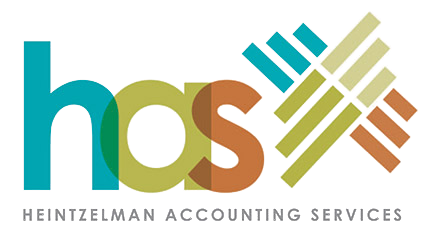A common question among parents is, “How might I save for a child’s post-secondary education in a tax beneficial way?” The answer depends on how much the education is expected to cost and how much time is left until the child heads off to college, university, or enters an apprenticeship program.
The amount of funds that will be required will depend upon whether your child will be attending a local college, attending a local college and then transferring into a university, going straight to a university, or beginning an apprentice program. If your child will be attending college or an apprenticeship locally, you generally only need to be concerned about tuition, books, and other class materials, and the child can live at home, whereas the child attending a university, unless it is local, will add housing and food costs on top of substantially higher tuition. Another factor is whether the student will leave school after obtaining a bachelor’s degree or will be doing graduate studies for an advanced degree.
When the time comes, your child may qualify for a scholarship or grant, but you can’t depend on that when working out a college savings plan.
The federal tax code has two beneficial savings plans. Neither plan provides a tax benefit from making the original contributions. The benefit is that growth due to appreciation of the investments, if any, and earnings (dividends and interest) are tax-free when withdrawn for qualified education expenses. Thus, the sooner each plan is started, the better, because it will have more time to grow in value.
Both savings plans allow the funds to be used for kindergarten education and above. However, these plans provide tax-free accumulation, and the more the funds are used for expenses at lower levels of education, the less tax benefits they will provide. Careful consideration should be given to using these savings plans for anything other than post-secondary education.
More tax benefits will be gained by front-loading the contributions and thus having a larger amount for which the growth and earnings can be compounded. You should also be aware that anyone, not just you, can make a contribution to the child’s college savings plans. So if your child has any grandparents, other relatives, or friends who would like to help, they can also contribute.
The two savings plans currently available for college savings are the Coverdell Education Savings Account and the Qualified Tuition Plan, most commonly referred to as a Sec. 529 plan (529 denotes the section of the tax code that governs it).
Coverdell Education Savings Account – This type of plan only allows up to $2,000 in contributions per year, which generally rules it out as a practical method for college savings, other than as a supplement to other means of saving.
Sec. 529 Plan – This approach is likely your best option. State-run Sec. 529 plans allow significantly larger amounts to be contributed; multiple people can each contribute up to the gift tax limit each year without being subjected to gift tax reporting. This limit is $15,000 for 2021, and it is periodically adjusted for inflation; in 2022, it will increase to $16,000. A special rule allows contributors to make up to five years of contributions in advance (for a total of $75,000 in 2021 and $80,000 in 2022).
Sec. 529 plans allow taxpayers to put away larger amounts of money, limited only by the contributor’s gift tax concerns and the intended plan’s contribution limits. There are no limits on the number of contributors and no income or age limitations. The maximum amount that can be contributed per beneficiary (the intended student) is based on the projected cost of college education and will vary among the states’ plans. Some states base their maximum on an in-state four-year education, but others use the cost of the most expensive schools in the U.S., including graduate studies. Most have limits over $200,000, with some topping $530,000. Generally, additional contributions cannot be made once an account reaches that level, but this doesn’t prevent the account from continuing to grow.
Taxpayers are not limited to participating in the 529 plan offered by their state of residence and can shop around for the plan with the best growth potential and highest maximum contribution.
When the time comes for college, the distributions will be part earnings/growth in value and part contributions. The contribution part is never taxable, and the earnings part is tax-free if used to pay for qualified college expenses. In addition, the portion of the distribution representing the return on the contributions, if used for qualified education expenses, will qualify for the American Opportunity Tax Credit, which can be as much as $2,500, provided your income level does not phase it out.
Gifts – In addition to the annual gift tax exclusion, a donor may make gifts (with no specific dollar limitation), which are totally excluded from the gift tax when making payments directly to an educational institution for tuition. This includes both college and private primary education. However, these gifts can only pay for tuition, which does not include books, supplies, or room and board. It is critical that the payments be made directly to the educational institution for them to be excluded from the gift tax. Reimbursement paid to the donee will not qualify.
The tuition exclusion is often overlooked yet can be beneficial. For instance, a grandparent can use the tuition gift to reduce their estate while helping a grandchild pay for tuition and giving the child’s parents an education credit at the same time.
For additional details or assistance in planning for a child’s higher education, please give this office a call. (616) 458-1835


Recent Comments